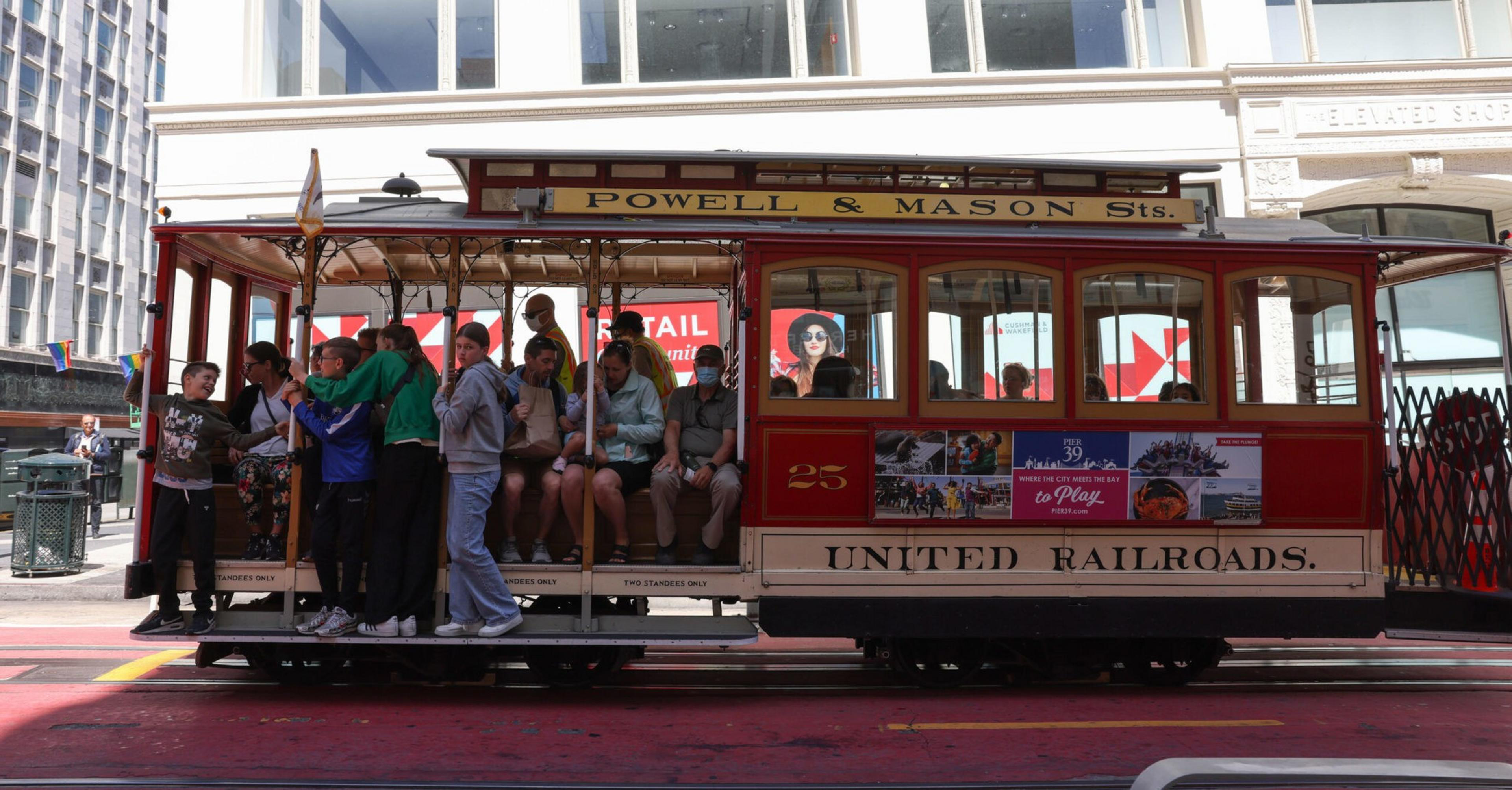Cable cars have been in San Francisco for 150 years, and the city has been rolling out the international orange carpet to celebrate (opens in new tab). While the unique form of transportation used to crisscross the streets in 29 cities across the country, today only San Francisco has them—a feat worth recognizing.
“We’re celebrating the first instance of technological innovation (opens in new tab) in San Francisco,” said Rick Laubscher, president of Market Street Railway (opens in new tab). “The first of many.”
The 150th anniversary festivities have included cable car carpentry tours, rides on the biggest and oldest cable car and reenactments.
“Cable cars are not just a toy,” Laubscher said. “They were essential to our economy for so many years and affected a lot of human beings.”
At a time when tourism in San Francisco is ramping back up (opens in new tab), the anniversary is also a prompt for visitors—and locals—to celebrate the city and ride cable cars through some of our most storied neighborhoods.
“It’s a few steps deeper than just moving people,” Laubscher said. “You ride history to see history.”
Yet despite all their fame and notoriety, there are many misconceptions and little-known facts surrounding the cars that go up and down our hills. Here are 12 of them.
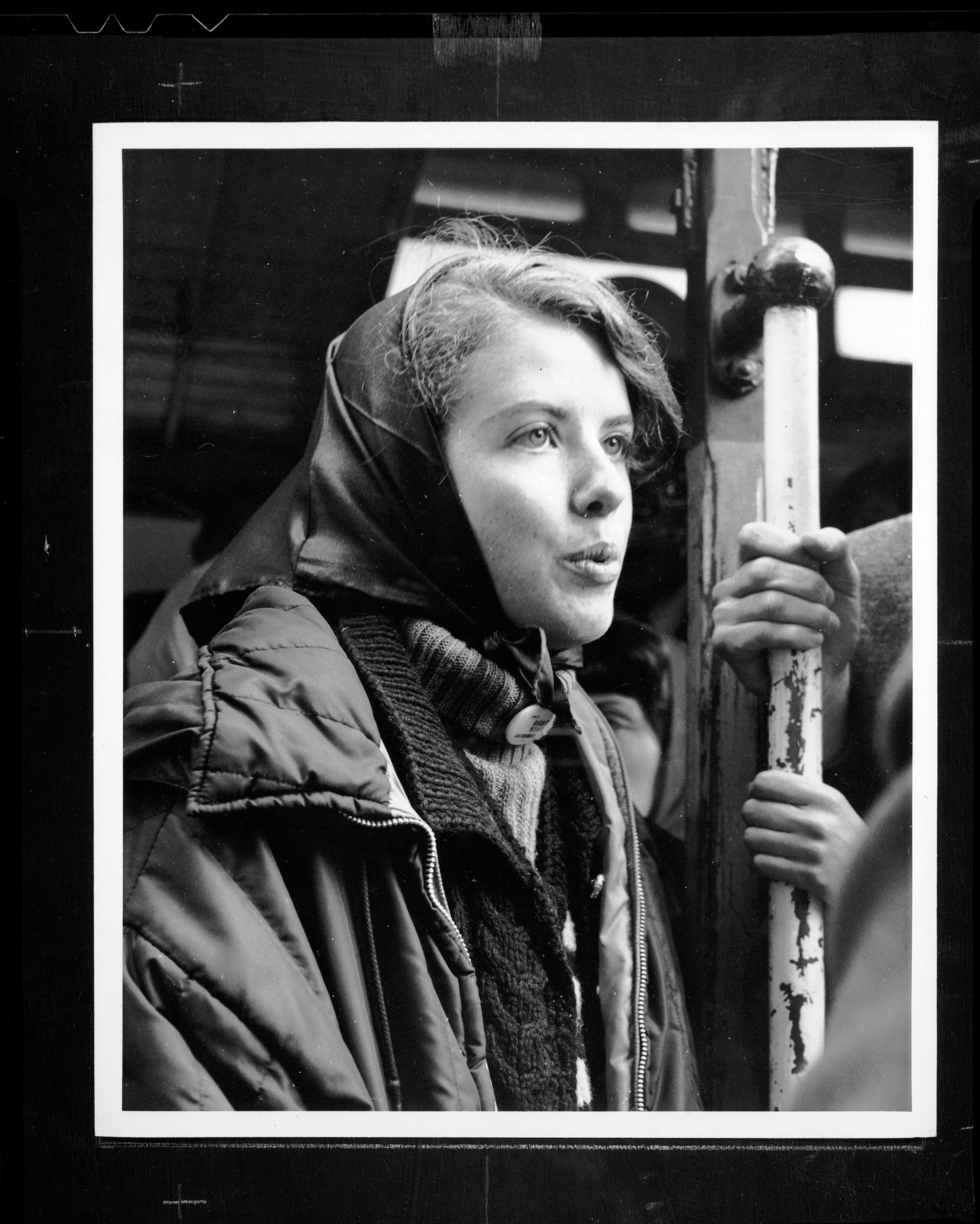
When Women Were Forbidden
It’s hard to believe today, but women were once prohibited from riding on the outside running boards of cable cars.
“Women back then were seen as weak and feeble,” said Bruce Bennett, a San Francisco City Guides tour leader who designed a special walk (opens in new tab) in honor of the anniversary.
But a 19-year-old Berkeley student named Mona Hutchin set out to change all that.
Intentionally riding on the outside of a car in 1965, she was arrested and hauled into jail when she refused to move. The ensuing protests were so fierce that all the charges were dropped, and women have since been allowed to ride the cable cars wherever they damn well please.
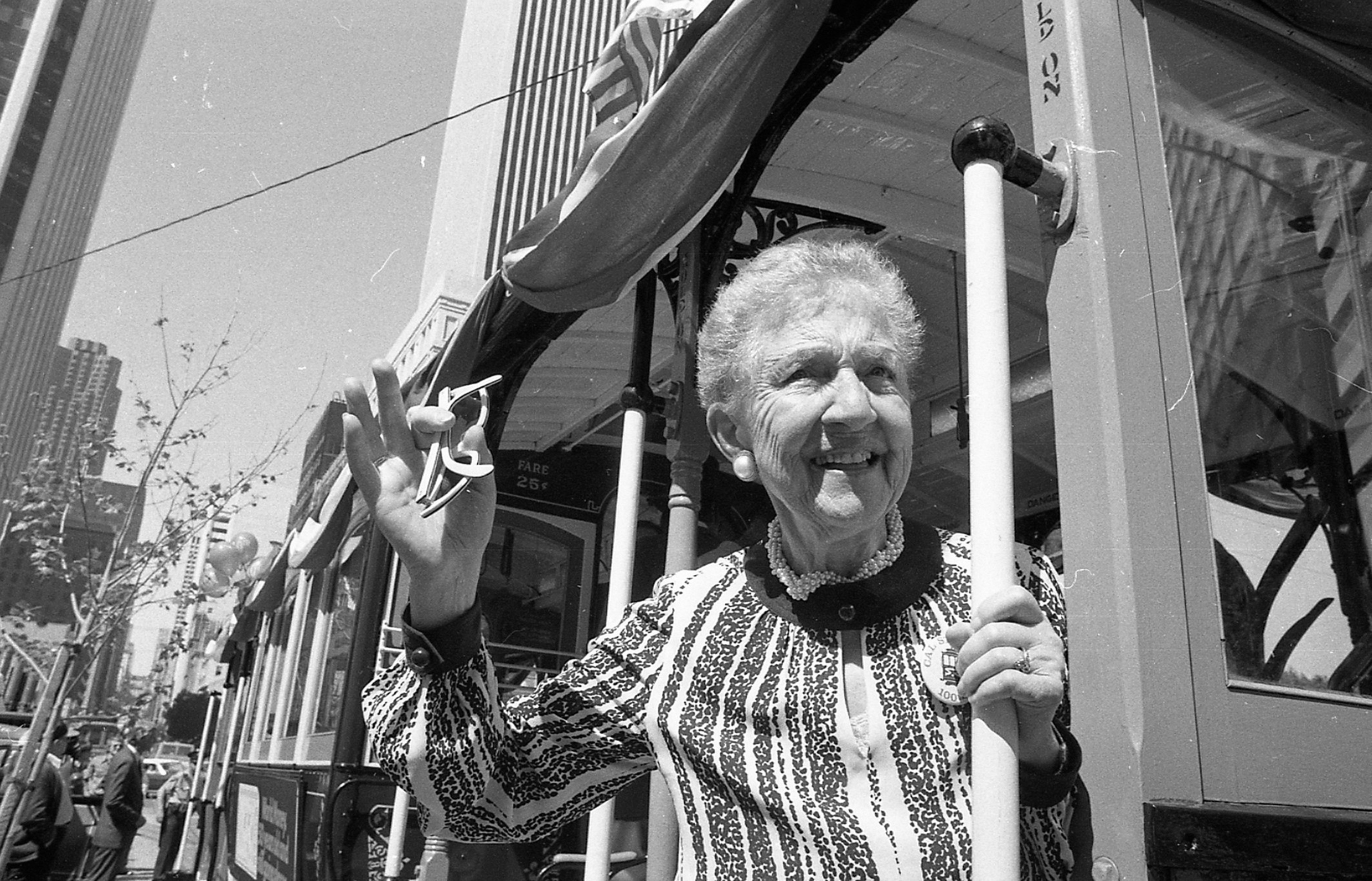
A Gendered Battle
That’s not the only gendered fight to have happened in the name of the cable cars. You can see the evidence of the so-called “Cable Car Wars” that pitted male politicians against female activists at the Friedel Klussmann turnaround, where a plaque honors the woman who saved cable cars from extinction more than 75 years ago.
When Mayor Roger Lapham wanted to scrap cable cars in 1947, Klussmann fought back by creating a committee of concerned citizens, enlisting the media and calling on the help of celebrities. The local department store Gump’s (opens in new tab) got in on the action and ran a contest for people to send letters with their opinions on the debate, with people all over the world mailing in passionate missives in honor of the cable car.
Lapham dismissed the pro-cable car contingent as sentimental housewives, but Klussmann had the last laugh when she not only saved the cable cars by putting Measure 10 on the ballot in 1947 that kept them running but also later saw them protected forever with the addition of a City Charter Amendment in 1971.
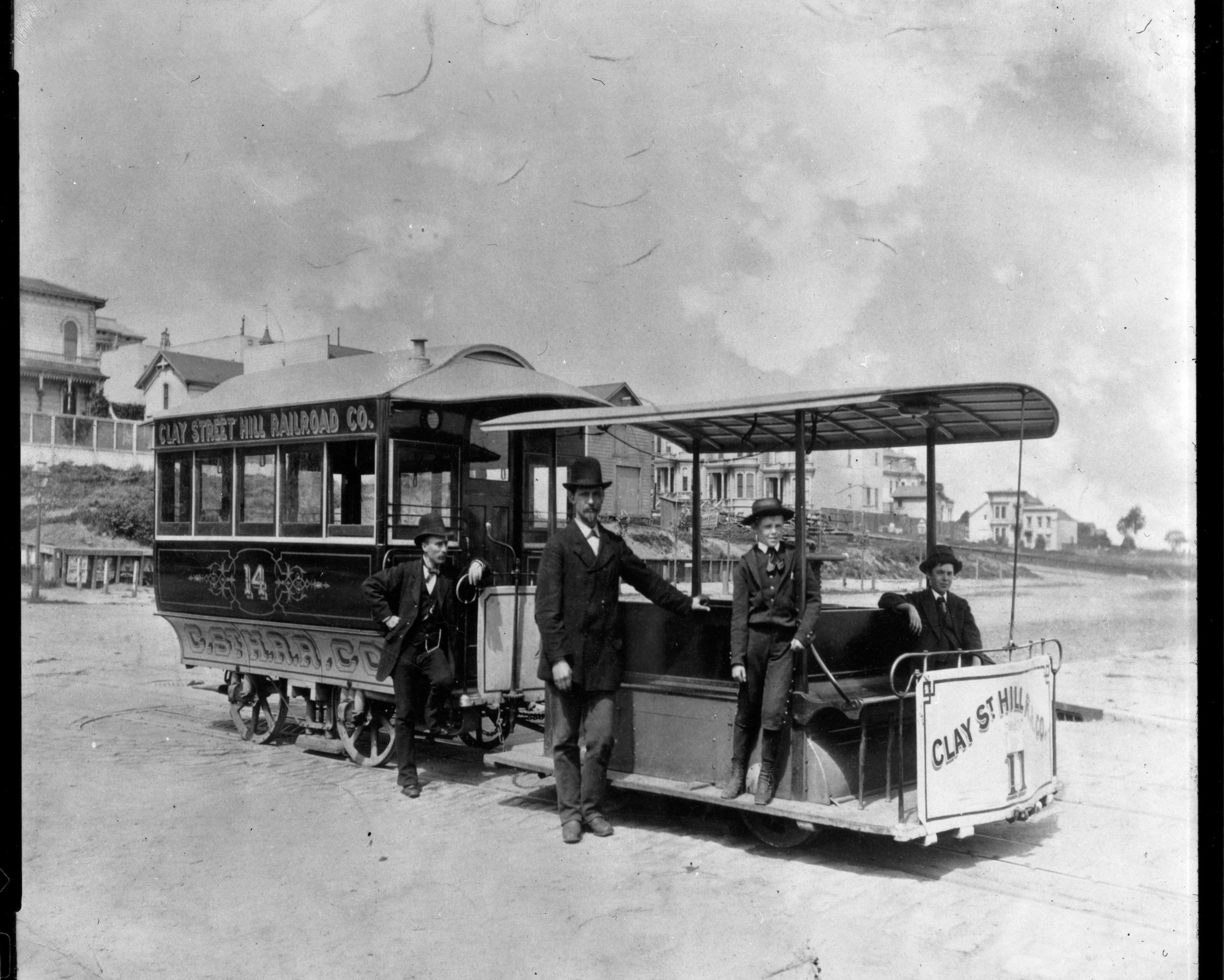
The Truth About Andrew Hallidie
Many people have heard the story of Andrew Hallidie inventing the cable car after seeing horses slip and fall to their death on the hilly cobblestones of San Francisco. The story feels right—as an animal lover, Hallidie went on to found the Society for the Prevention of Cruelty to Animals—and has achieved mythical status in San Francisco.
But it’s not true.
Hallidie was motivated by a much more prosaic demand: making money.
“The horse story is great marketing,” said Taryn Edwards, a librarian at the Mechanics’ Institute (opens in new tab)who is writing a biography of Hallidie. “But that wasn’t his true motivation.”
Hallidie’s father was the first to patent wire rope, and Hallidie grew up learning—and perfecting—applications of it, in everything from descending into mines to ascending up elevators.
“Andrew Hallidie spent his whole life learning how to move people and things with wire rope,” Edwards said.
While Hallidie is often called the inventor of the cable car, he’s not—he’s the inventor of the wire rope used to pull them. There’s no one inventor we can point to, as the final version of the cable car was the result of a series of patents that built upon one another.
When Cable Cars Delivered Santa
There’s a long tradition of decorating cable cars dating back to the 1950s. When Klussmann died, cable cars were draped in black in her honor, and today, you’ll see cable cars bedecked with flowers for Mother’s Day.
But the most incredible, over-the-top example is the “Santacade.”
Santa Claus would ride atop the Powell car to the famed Emporium department store on Market Street (the same block where, sadly, another department store is now going out of business).
The cable car, outfitted to look like a sleigh, had a reinforced rooftop to carry not just Santa but also a toy workshop. The arrival of Santa at the “Big E” was a sign for San Franciscans that the Christmas season had begun, according to Mike Phipps’s and Don Holmgren’s book Watermusic in the Track.
Gentrifying Nob Hill
The development of cable cars shifted population centers and power dynamics within the city.
SF’s steep hills—previously an inconvenient obstacle—suddenly became a desirable asset, and the demographics of Nob Hill changed. What was once a working-class neighborhood became a tony enclave. The wealthy could have their mansions and views, too, which prompted an exodus from the previous neighborhood for the wealthy, Rincon Hill.
Leland Stanford’s Request
Leland Stanford, founder of Stanford University, was among the wave of wealthy individuals who swept into Nob Hill.
After constructing his mansion at the corner of Powell and California streets, he didn’t feel like walking the three blocks to an existing cable car line, so he built one right outside his front door in 1878. This would eventually become a part of the California Street Cable Car Line, which is still running today.
There was a catch, though. Stanford had to pay (opens in new tab) Andrew Hallidie $30,000 for patent infringement—which would be worth 30 times that amount today.

For Whom the Bells Toll
The ding-ding of the cable car bell—from the conductor to the gripman and back again—is a language all its own.
One bell means stop, and two bells mean go ahead. The gripman also communicates with the conductor to use the brakes—one bell to apply the rear brake, two to release it. Four bells? That’s for backing up.
Stenciled Street Directions
Look carefully on the road along cable car lines, and you can gain some insight into a conductor’s job. A double “X” stenciled on the ground means that all cable cars must stop (there’s an example near 1027 Washington St.).
At other intersections, you may see the yellowed stencil lettering “LET GO” painted on the street, where the cable car has to drop the cable as it gets close to where two cables cross.
Female Conductors
The first female cable car conductor—Fannie Mae Barnes—did not start operating a cable car until 1998, 125 years after the cable car’s invention. Long thought to be a job too physically demanding for women, Barnes proved otherwise at the ripe age of 52. But it’s not the only way Barnes made history. She also hauled the Olympic torch up Hyde Street’s hill during the 2002 Olympic Torch procession.
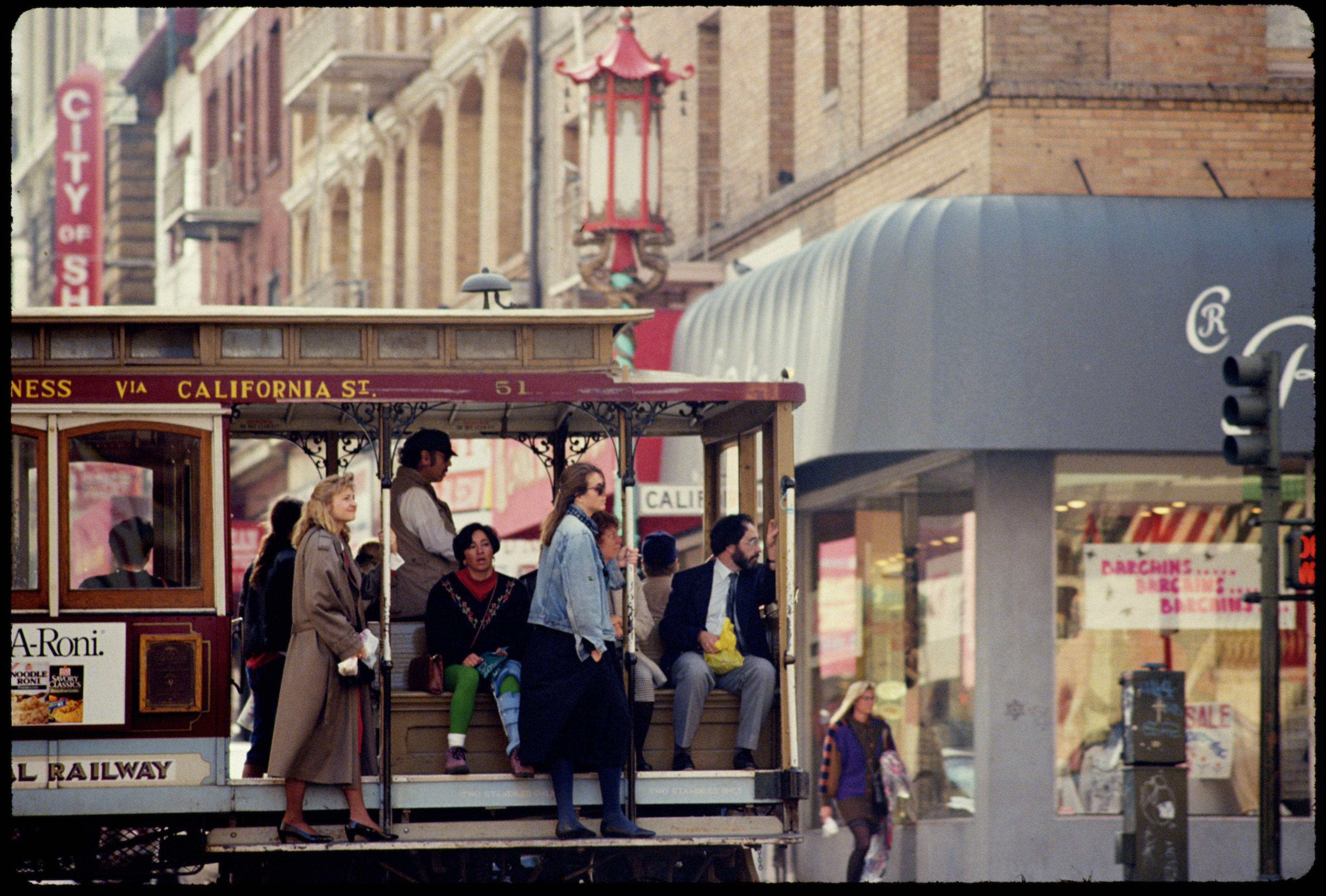
The Rice-A-Roni Connection
The connection between Rice-A-Roni and the City by the Bay is more than just a jingle about the “San Francisco treat”—it’s a still-existing and once-local business.
Charlie DeDomenico and his wife, Maria, opened a pasta factory (opens in new tab) in San Francisco in 1912, what would later become the Golden Grain Macaroni Company.
Their four sons helped out with the family business. Inspired by Armenian pilaf, their son Vince came up with the half-rice, half-pasta combination in 1958. Even though it was manufactured in San Leandro (where other San Francisco-born heritage products are still made to this day), the cable cars carried ads for Rice-A-Roni, completing the advertising loop that ended with the two names selling each other.
Owned today by the Quaker Oats Company, the product still pays homage to its roots with its cable car-themed packaging.
Puttin’ on the Brakes
San Francisco’s cable cars go through a set of brakes (made out of Douglas fir) every 72 hours—yes, once every three days—and so are in need of constant servicing. Years ago, the brakes used to be made of pine, and you could smell a distinctive scent every time the cable cars stopped, according to Laubscher. The Douglas fir used today has to be knot-free, or the wood will produce a screeching sound.
The Great Quake’s Damage
It was not the great march of progress that led to the largest annihilation of cable cars, but a more literal leveler: the Great Earthquake of 1906.
Pre-quake, there were over 600 cable cars running through the streets in San Francisco, but the number dropped to less than 100 by 1912, according to Bennett, the City Guides tour leader. So many tracks were destroyed in the earthquake that it was impossible to rebuild them all. Today, we have 40 cable cars in operation along three lines.
